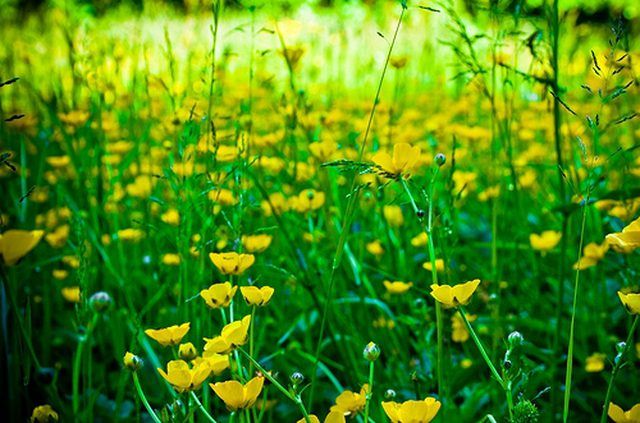Bulbs
Flower Basics
Flower Beds & Specialty Gardens
Flower Garden
Garden Furniture
Garden Gnomes
Garden Seeds
Garden Sheds
Garden Statues
Garden Tools & Supplies
Gardening Basics
Green & Organic
Groundcovers & Vines
Growing Annuals
Growing Basil
Growing Beans
Growing Berries
Growing Blueberries
Growing Cactus
Growing Corn
Growing Cotton
Growing Edibles
Growing Flowers
Growing Garlic
Growing Grapes
Growing Grass
Growing Herbs
Growing Jasmine
Growing Mint
Growing Mushrooms
Orchids
Growing Peanuts
Growing Perennials
Growing Plants
Growing Rosemary
Growing Roses
Growing Strawberries
Growing Sunflowers
Growing Thyme
Growing Tomatoes
Growing Tulips
Growing Vegetables
Herb Basics
Herb Garden
Indoor Growing
Landscaping Basics
Landscaping Patios
Landscaping Plants
Landscaping Shrubs
Landscaping Trees
Landscaping Walks & Pathways
Lawn Basics
Lawn Maintenance
Lawn Mowers
Lawn Ornaments
Lawn Planting
Lawn Tools
Outdoor Growing
Overall Landscape Planning
Pests, Weeds & Problems
Plant Basics
Rock Garden
Rose Garden
Shrubs
Soil
Specialty Gardens
Trees
Vegetable Garden
Yard Maintenance
The Effects of Eating Buttercup Flowers
The Effects of Eating Buttercup Flowers. Buttercups are herbaceus annuals and perennials which can sometimes be found growing in shallow water depending on the species. Usually, buttercups have 5 petals, but this number can vary by flower type. The petals are either white or yellow in color. The plant contains a toxin by the name of glycosides...

Buttercups are herbaceus annuals and perennials which can sometimes be found growing in shallow water depending on the species. Usually, buttercups have 5 petals, but this number can vary by flower type. The petals are either white or yellow in color. The plant contains a toxin by the name of glycosides which is harmful to animals depending on how much of it they eat.
Identification
There are 400 species of buttercups growing around the world. These tiny plants are found in field and streams on the sides of mountains that reside in warm, humid weather and they also bloom in cold weather climates. Their area of growth changes from species to species.
Effects
Glycosides toxin's symptoms, if eaten in large amounts, cause the animal to salivate and its mouth to become inflamed. Pains in the stomach and constrictions happen right before the animal dies.
Significance
Animals tend to avoid eating wild buttercups. It is rare that a cow or pig might become sick unless it eats the plant on a consistent basis. If it does get sick, it usually happens in the spring, according to Purdue University.
Considerations
Buttercup plants have poison on the leaves and stems of fresh flowers.
Fact
According to Montana Plant Life.org, the common Field Buttercup is used as a wart removal; but it can cause blisters on the skin for those who are allergic to the plant.